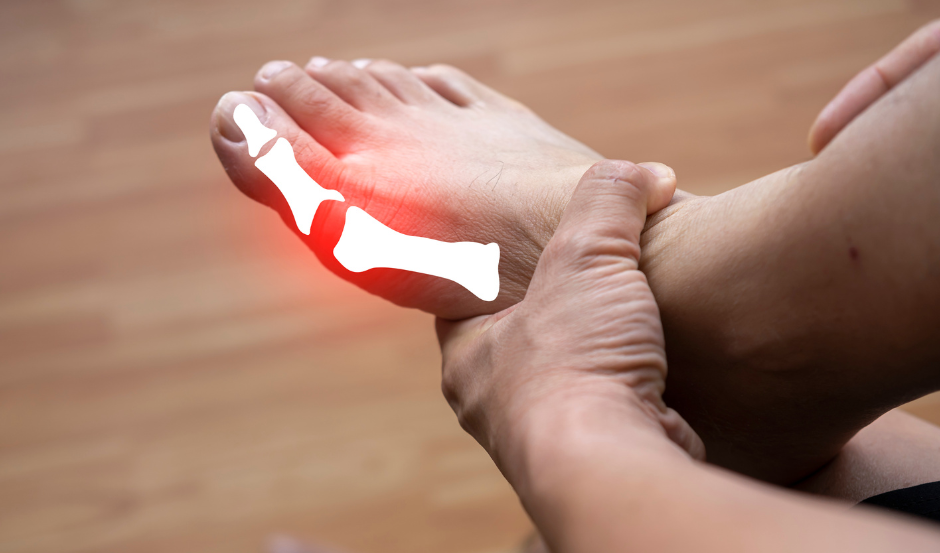Don’t Let Arthritic Big Toe Joints Stop You in Your Tracks!
At Northern Ankle Foot Associates, we want our patients to be aware of what they should watch for. That’s why, in this post, we’ve decided to share some of what we’ve learned over the years by drawing attention to an underrated issue: Arthritis of the big toe joint.
Medically known as hallux rigidus, this unpleasant condition is amongst the most common forms of arthritis afflicting the foot, and it can significantly hamper your mobility, limiting daily activities and harming your quality of life. Keep reading to learn a few common characteristics and treatment methods that will help you take steps toward effective resolution.
Understanding Hallux Rigidus
The big toe joint also called the metatarsophalangeal joint (MTP joint), plays a crucial role in balance, propulsion, and shock absorption during walking and running. Hallux rigidus develops due to the breakdown of cartilage, the cushioning tissue between bones.
This breakdown can stem from various factors, including:
- Previous injury to the big toe joint.
- Osteoarthritis, the most common form of arthritis.
- Rheumatoid arthritis, an autoimmune disease affecting joints.
- Improper footwear that puts excessive pressure on the big toe joint.
Studies suggest that this is a fairly common condition: A 2017 research paper published in the Journal of Foot and Ankle Surgery found that up to 2.7% of the population may experience symptomatic hallux rigidus at one time or another.
Treatment Options for Big Toe Arthritis
The good news? Hallux rigidus symptoms can be effectively managed with various treatment approaches, including:
- Conservative Measures: Non-surgical approaches are often the first line of defense. They include pain relievers, ice therapy, shoe modifications with wider toe boxes and stiff soles, and orthotics to improve alignment and reduce pressure on the joint.
- Cortisone Injections: Injections of corticosteroids provide temporary pain relief and reduce joint inflammation.
- Physical Therapy: Exercise helps maintain flexibility and range of motion in surrounding muscles and joints.
- Surgery: In severe cases with significant pain and limited mobility, surgery may be recommended. There are different surgical procedures available, including joint fusion (arthrodesis), which removes damaged cartilage and fuses the bones together for pain relief.
Are you in need of podiatric care or assistance? Please reach out to Northern Ankle Foot Associates and contact us today. Dr. Robyn Joseph would be happy to assist!


